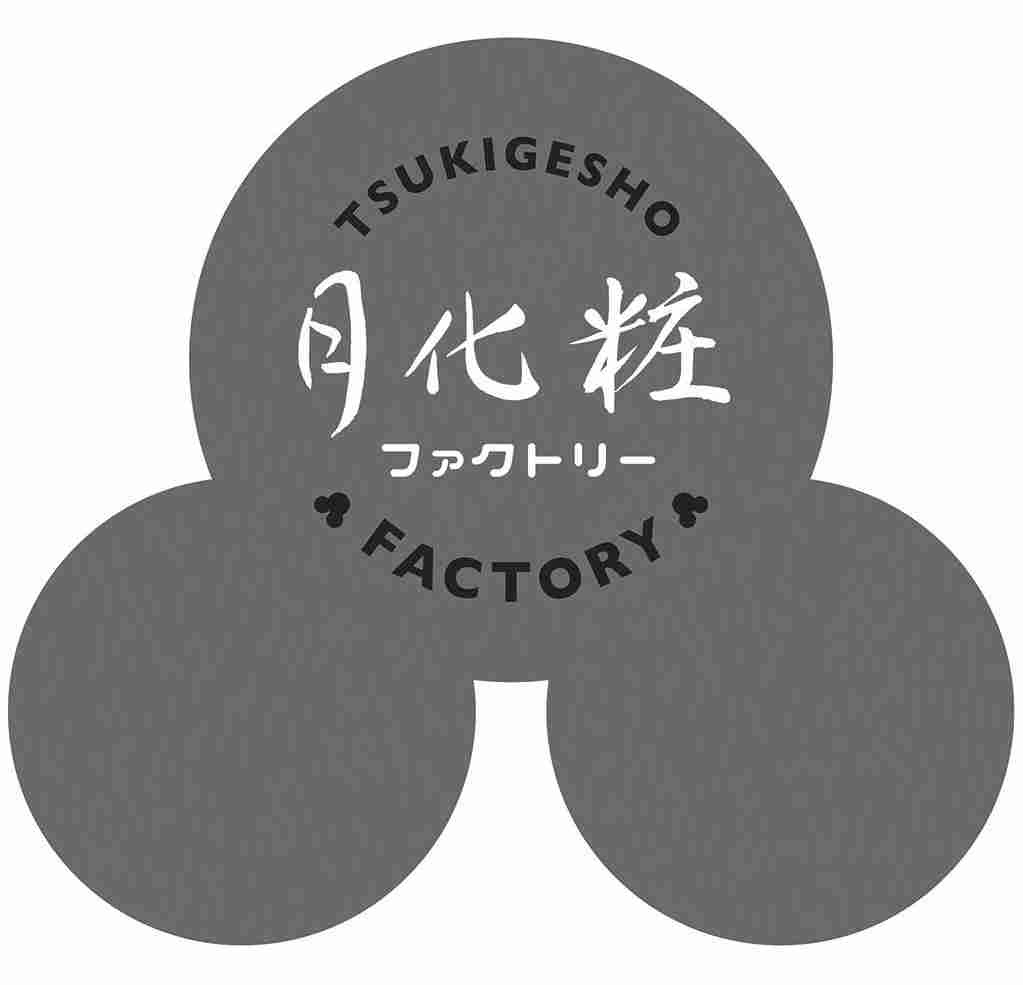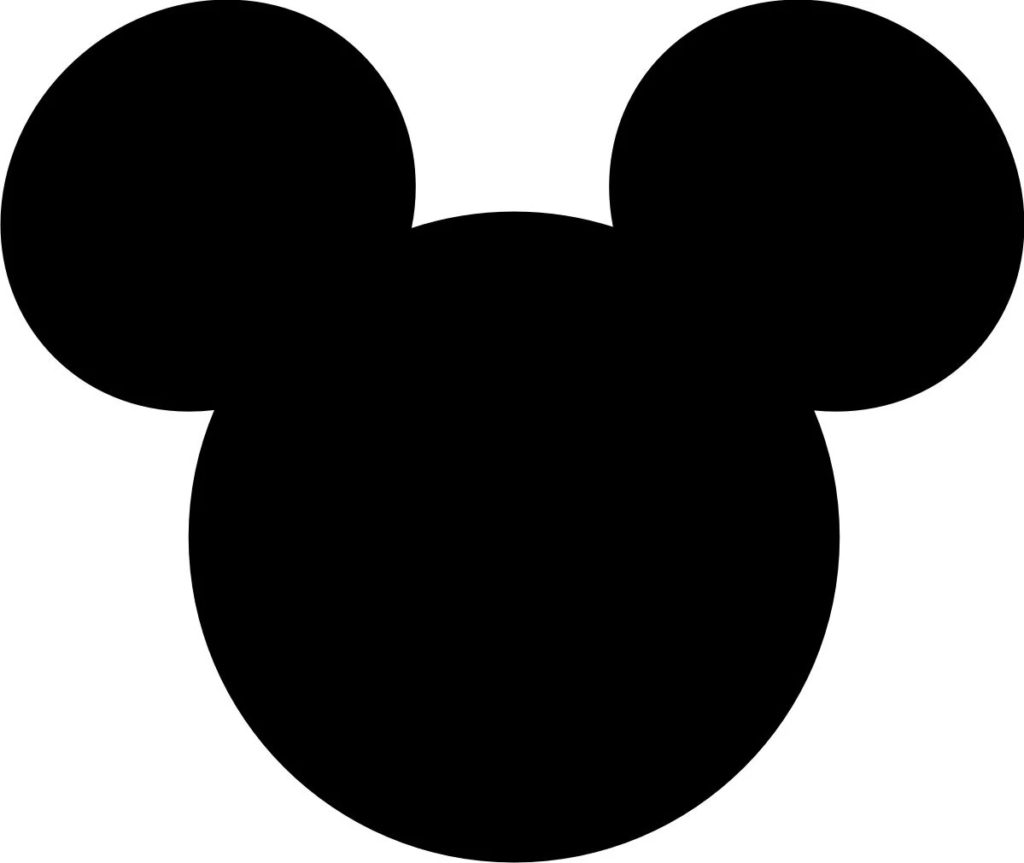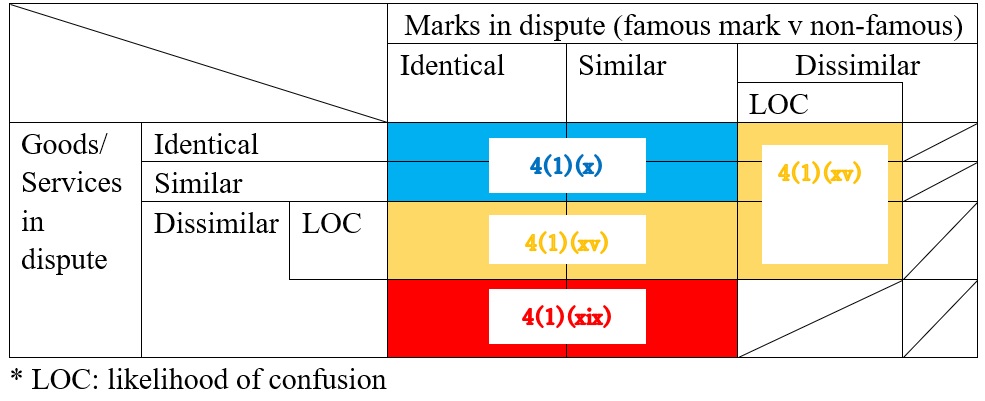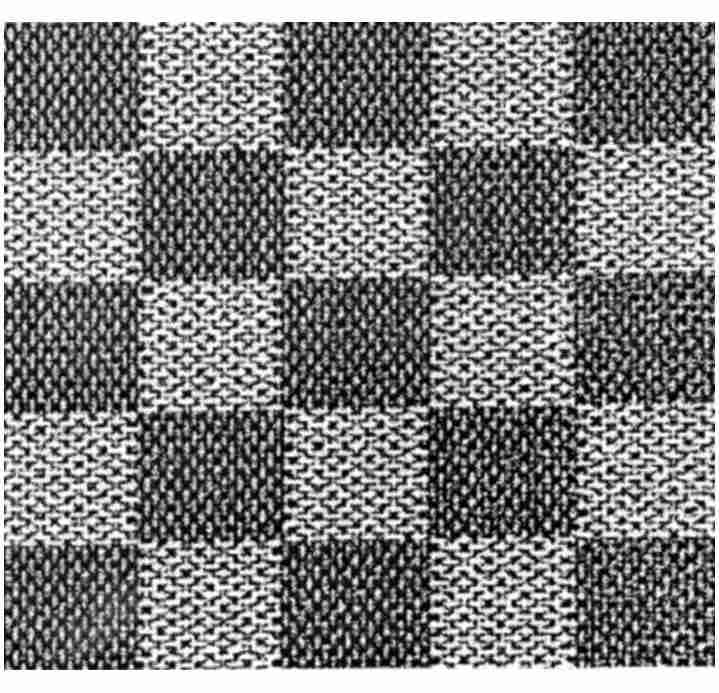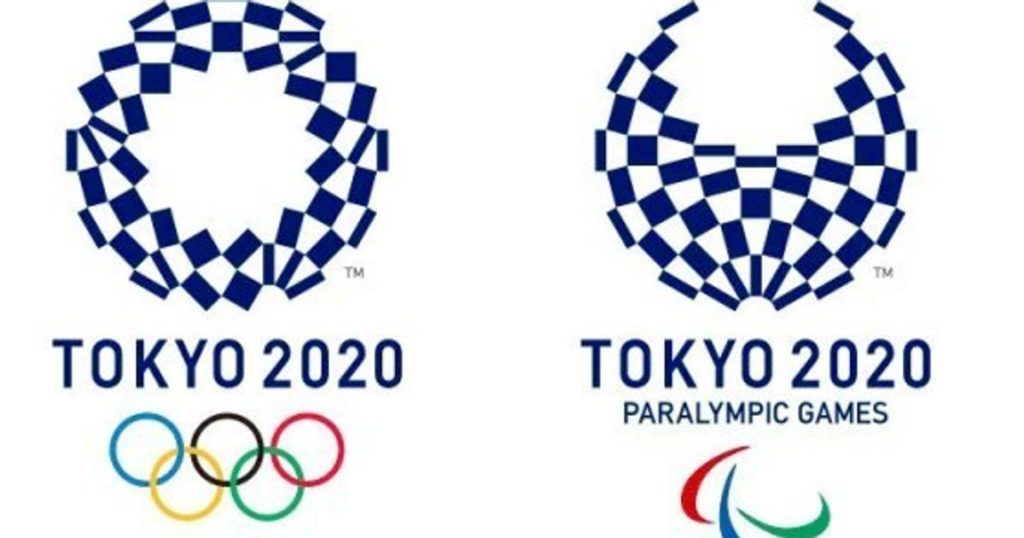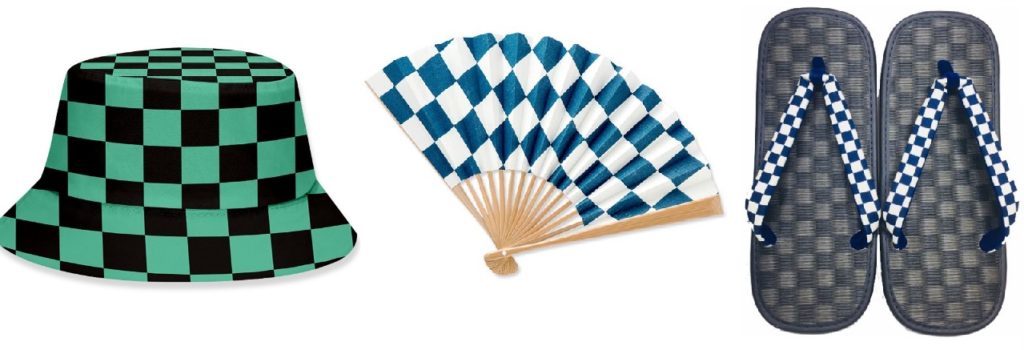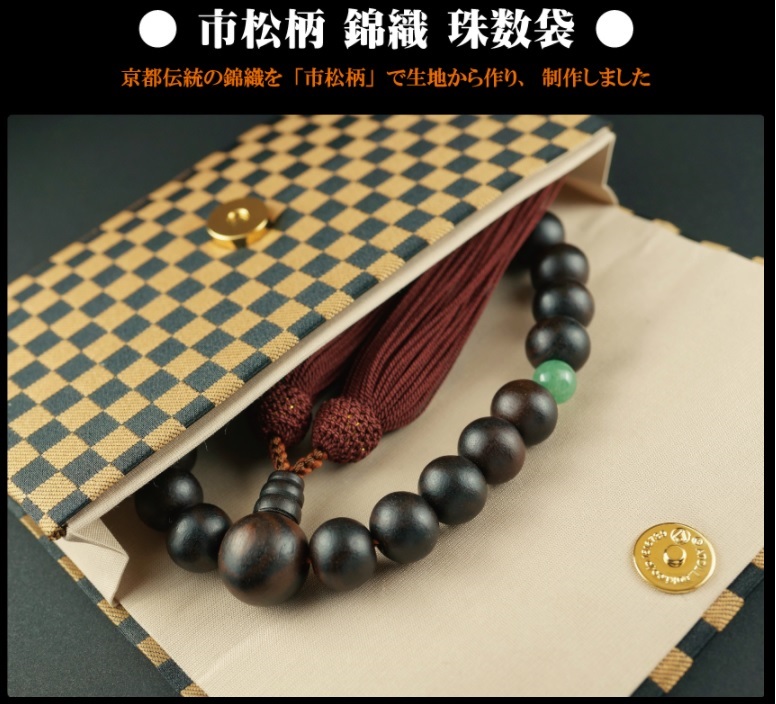HERMES INTERNATIONAL, a French luxury fashion house, is in a legal battle to register its iconic packaging colors, orange and brown, as a color mark in Japan.
Color mark of Hermes box
On October 25, 2018, HERMES INTERNATIONAL filed a trademark application for its iconic packaging colors, orange and brown (see below), as a color mark to be used on various goods in class 3, 14, 16, 18, and retail services in class 35 with the Japan Patent Office (JPO) [TM application no. 2018-133223].
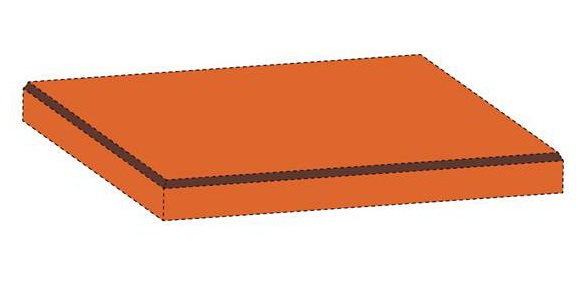
Article 3(1)(iii) and 3(1)(vi)
The JPO examiner rejected the color mark under Article 3(1)(iii) and 3(1)(vi) of the Japan Trademark Law by stating that colors per se are unlikely to play a role in source indicator because they are frequently aimed to attract consumers in association with function or quality of goods and services. Because of it, relevant consumers at the sight of goods or services bearing the applied color would not see the combination of colors, orange and brown, as a source indicator.
Acquired Distinctiveness
Hermes argued acquired distinctiveness of the color combination as a result of substantial use on Hermes box for the past six decades from the 1960s onward.
A bottleneck is that the Hermes box contains its name “HERMES” and horse and carriage logo as a conspicuous source indicator. Hermes conducted market research to demonstrate the acquired distinctiveness of the packaging color per se. The research targeted high-income men and women in their 30s to 50s with incomes JPY10,000,000 and above. According to the research report, 36.9% of the interviewees answered Hermes when shown three boxes in different shapes with the color mark. 43.1% chose Hermes from ten options.
JPO Rejection
The JPO examiner did not find the research persuasive to support acquired distinctiveness among relevant consumers of the goods and services in question.
The examiner stated the relevant consumers shall not be limited to the high-income class. Besides, even among high-income consumers, more than half of them did not link the color to Hermes. From the research, it is doubtful if relevant consumers would conceive the color per se as a source indicator.
Based on the above findings, the examiner totally rejected the applied color mark under Article 3(1)(iii) and (vi) on July 9, 2021.
HERMES INTERNATIONAL filed an appeal against the rejection on October 8, 2021.

